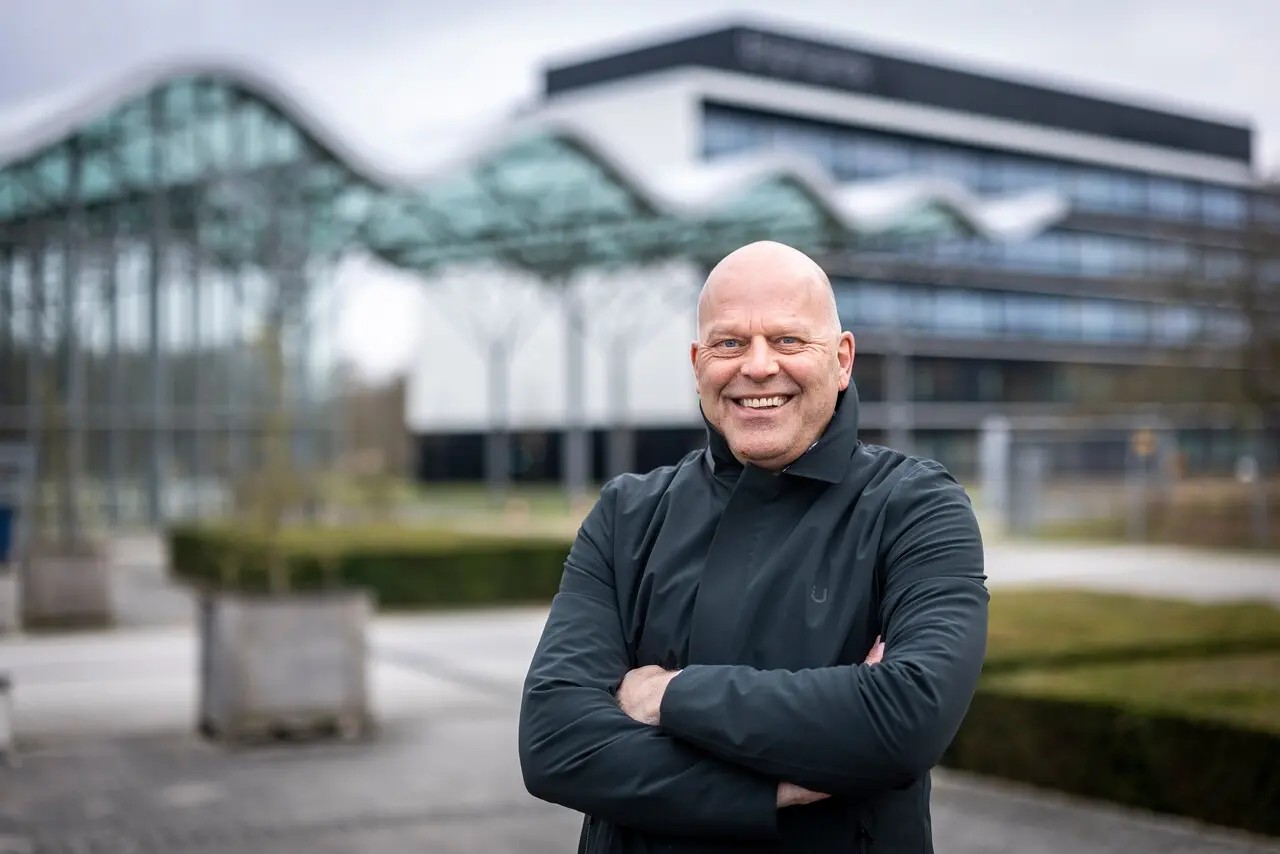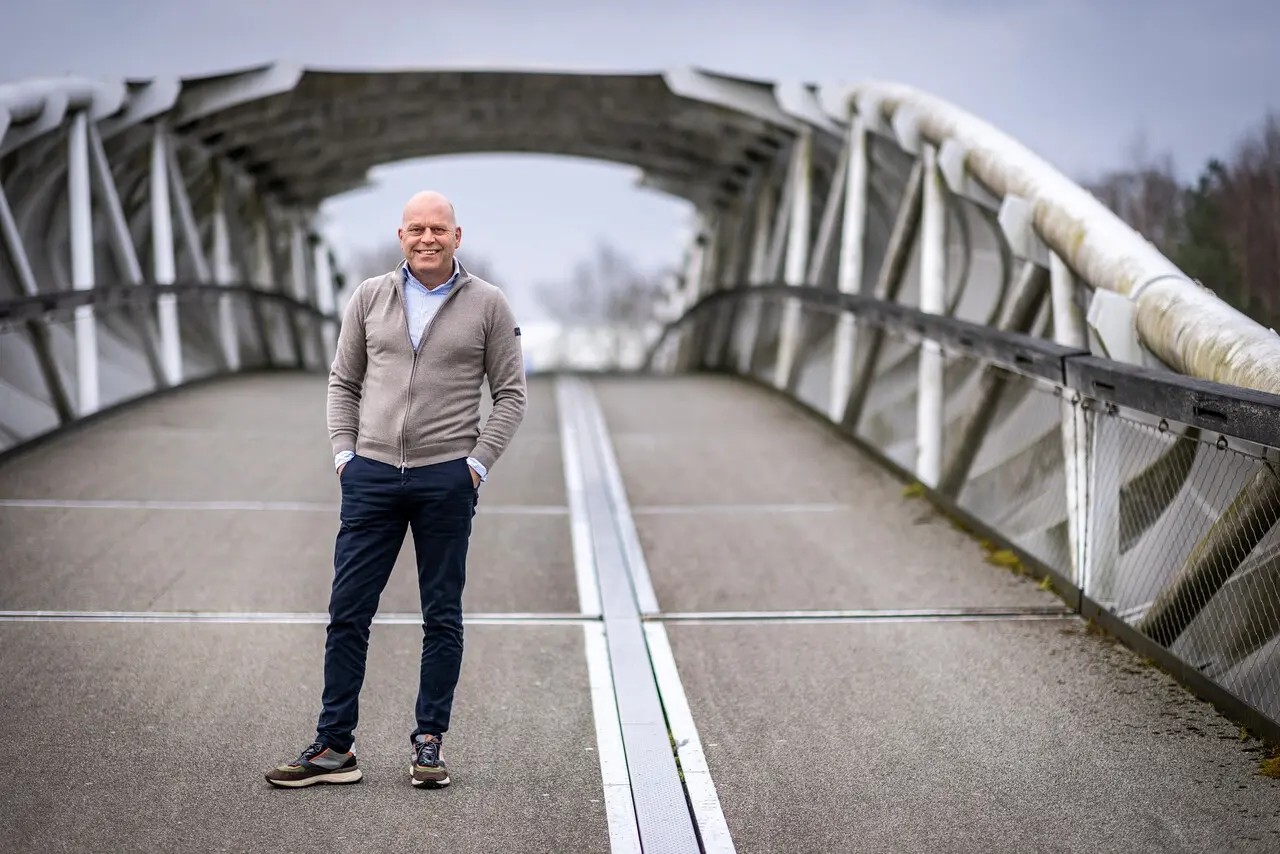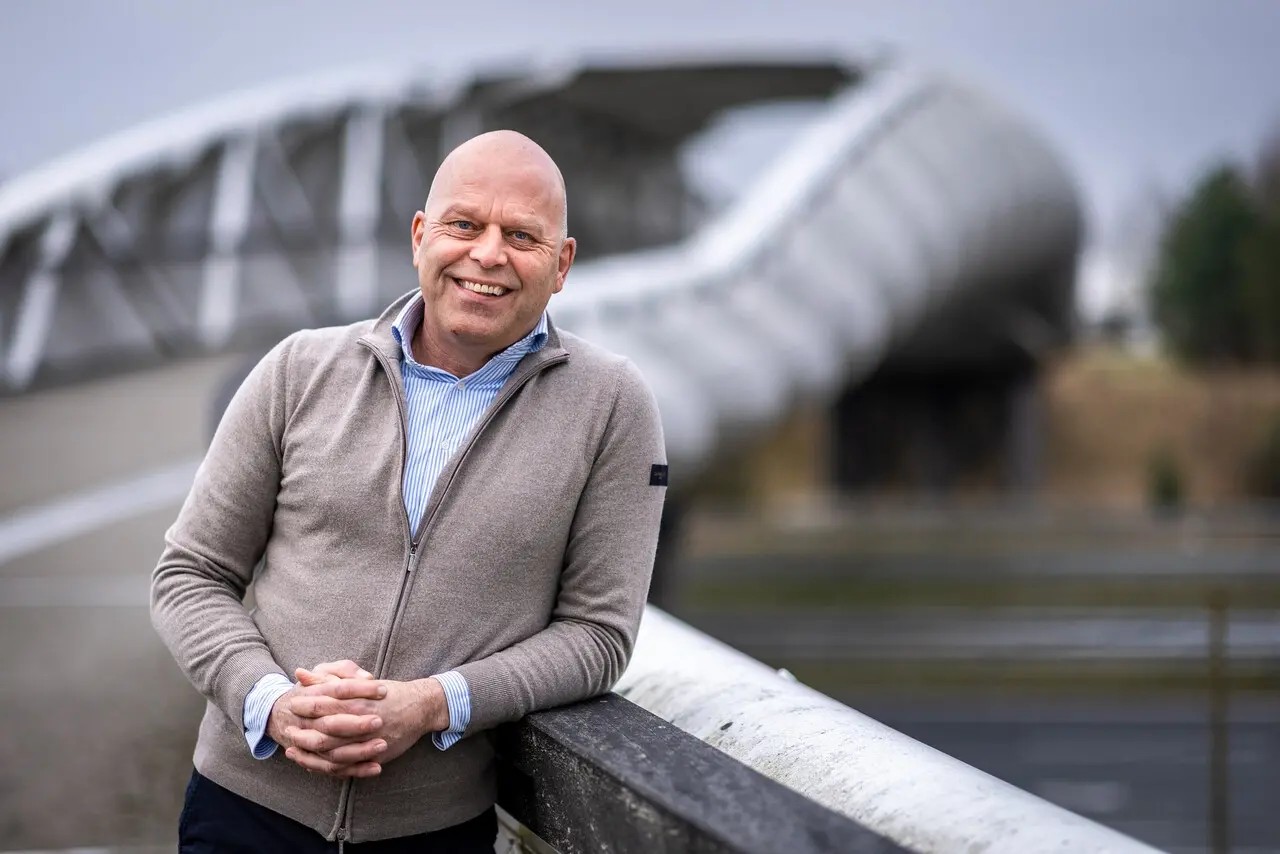Interview: Guido Linders and Sustainable Innovation in Substrates
Guido Linders is Senior Vice President of Kekkilä-BVB, BA Central, based at the Brightlands Campus Greenport Venlo. Kekkilä-BVB is a subsidiary of the Finnish company, Neova, European leader in substrates. They supply these growing media products to growers and retailers all over the world. “I predict that the entire sector will be 50 percent more sustainable ten years from now.”
His father took an executive position at a vegetable canning company and got his son excited about a career in the same industry. Guido ended up in the cut flower (orchids) business but made the switch when Bas van Buuren, later BVB Substrates, developer and producer of substrates, started a new company in Grubbenvorst; that was thirty years ago.
Linders: “I really loved being among the flowers and plants, but I couldn’t see myself making a living for forty years on a couple of acres in Well.” BVB and later Kekkilä-BVB is a global player so Linders has seen every corner of the globe by now.

Sustainability
Why so much emphasis on sustainability?
Guido Linders: “When I look at the world and everything going on, I’m convinced that sustainability is the only solution for fighting climate change and building a futureproof business model. Its pace may change as a result of political or societal pressures, but in the long run there’s only one possible conclusion: we have to shift to fossil-fuel alternatives and renewable resources. As a company, it’s best for us to try to be at the forefront.”
Wonderful concepts but putting this into practice proves to be complicated. “We produce in the Netherlands, Sweden, Estonia and Finland, and export to Australia, America, Asia, South America, Africa, Southern Europe and the Middle East. While sustainability is definitely on the agenda, things often move at a vastly different pace in some areas.
Being at the forefront is a good thing, but you need to know how far ahead you want to be. We have customers in certain parts of the world who have to take five extra steps to reach our level. As a European organization, we can’t dictate what should happen in South America. That would be shooting ourselves in the foot. However, we also can’t expect people all over the world to go out and buy a Tesla tomorrow.”

World-famous
You could also say that, in terms of innovation, they are years behind in some areas. “As a young man, I saw how we used to protect our crops or disinfect our greenhouses at the time. This has changed immensely; thanks to its advancing knowledge, the Dutch horticulture sector has been able to achieve incredible things. Many people don’t realize that, for a small country, we’ve become world-famous in this area.”
Sustainability also means shipping products by air or sea as little as possible or at least as sustainably as possible. Linders cites the Middle East as an example. “Food and flowers are just shipped in by airplane; take mushrooms for example. Quite simply because they can afford it. If your goal is sustainability, however, it makes sense to produce locally. The technology the Netherlands has produced makes this possible, and this naturally also involves a substrate. Our strategy is: how can we use our knowledge to guarantee the same product can be produced locally, and preferably also using local raw materials.”
Brightlands and Brightbox
How important is Brightlands in all this?
Linders: “In 2012, we felt we had an obligation to participate in the Floriade in Venlo; after all, the province and local government really stuck their necks out for horticulture. Whether or not we would survive it financially was of secondary importance. It was all about collaboration, the only right formula for making yourself visible.
We need to broaden our horizons. Brightlands promised collaboration and knowledge exchange. If you can operate in a network, your mindset changes; you have to think ahead. We develop new solutions in the Brightbox.”
Linders mentions the peat-free substrates that have already been used by the municipality of Helmond. The peat in these substrates has been replaced by the raw material Accretio, which brings the Environmental Costs Indicator (MKI) way down. “I should emphasize here that peat-free is not the ultimate solution for sustainability. Even though we have a reasonable number of peat fields, this doesn’t prevent us from making substantial investments in the alternative.
We’re committed to sustainability and try to make this measurable and provable. Being on a Brightlands campus definitely helps, a place where a lot of people have the same mindset. Newcomers to the campus are frequently referred to us. We’re not a startup, of course; we’re a successful company with a long history. We can’t afford the luxury of devoting ourselves exclusively to innovation. And yet, this has to be the fundamental principle if you want to stay at the head of the game.”

Wood chips
One great example is the new wood fiber production line in Grubbenvorst that will be operational in May. Simply put, these are wood chips ground into fiber during a process and on which plants can thrive. With a hint of shame, Guido Linders confesses that, for now, the factory will run partly on its own generators to generate its own electricity. “This is just the way it is now in many parts of the Netherlands, but we hope it will only be necessary for a maximum of three years.
We want to expand but this isn’t possible since there isn’t enough power available.” While Linders understands the complexity of the power problem, he expects more support and decisiveness from the government. “Just look at greenhouse horticulture, for example, the big picture; if there is a place where energy is used efficiently, it’s where heat, electricity and CO2 are converted to food. If it wasn’t for these innovations, we would have a much bigger problem.”
Guido Linders expects the demand for substrates to triple over the next 30 years. “For the simple reason that climate change isn’t letting up. This means that if you want to continue to produce food the right way, it has to be mostly indoors and in closed systems. Looking at our own sustainability agenda, I believe our sector should be able to be 50 percent more sustainable ten years from now.”
This interview was previously published on Brightlands, the online platform for innovation and entrepreneurship.”